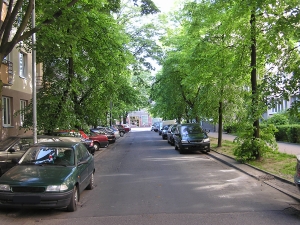A 2005 study revealed as many as one driver out of every 10 at-fault drivers flee after a motor vehicle accident. As the Gazette reported, however, drivers who flee from a crash tend to leave evidence behind that can make it possible for law enforcement to find them. 
When a driver leaves the scene of a collision, this has serious consequences for the victim. If the hit-and-run driver is not found, the victim could be unable to make an injury claim against the motorist responsible for causing injuries. An uninsured motorist claim may be the only option for the victim to obtain compensation for losses. An experienced Boston hit and run accident lawyer can help motorists who have been injured in a hit-and-run to understand their options and take action.
Why Drivers Leave the Scene of the Crash
The Gazette took a closer look at some of the reasons why drivers leave the scene of an accident despite laws that require them to stop, render aid and provide their contact details. These reasons include:
- Fear of consequences.
- Drunk driving
- Panic
- Bad driving record
- Driving without a driver’s license
- Warrants for arrest
A criminal justice expert from Northeastern University indicated that a “hit-and-run is the easy way out” for some motorists who know the consequences but who cannot face them and who want to avoid responsibility.
Hit and run drivers kill almost 1,500 people each year according to a 2005 study conducted by the AAA Foundation for Traffic Safety. A total of 58 percent of fatal hit-and-run collisions occur on Friday, Saturday or Sunday. The higher number of hit-and-run crashes over the weekend may occur because a lot of people tend to flee the scene of a collision when driving drunk. If they leave the accident scene, police cannot take a breathalyzer test or a toxicology report and it can become more difficult to prove that the motorist was intoxicated at the time when the collision occurred.
Although drivers may flee to try to avoid consequences, there are a number of different ways that police can track the motorist down after he leaves the scene. Witnesses to the crash may be able to provide a full or a partial license plate and police can use this to try to find the driver. Body shops and hospitals can be alerted to look for suspicious damage to the vehicle or for a driver coming in with unexplained injuries likely to have resulted from a collision. Physical evidence such as parts of the vehicle may also have been left at the crash scene and police can use this to find the hit-and-run driver. Finally, news reports may ask those who were in the area to report in with any information they have or to alert the police if they see a suspicious car.
When police identify a hit-and-run driver, the victim can then pursue a damage claim to obtain compensation.
Contact Jeffrey S. Glassman for a free and confidential appointment to discuss your rights. Call 888-367-2900.
More Blog Entries:
Window Tinting, Accident Risks, and Massachusetts Law, Boston Car Accident Lawyer Blog, January 2, 2014
 Boston Car Accident Lawyer Blog
Boston Car Accident Lawyer Blog

